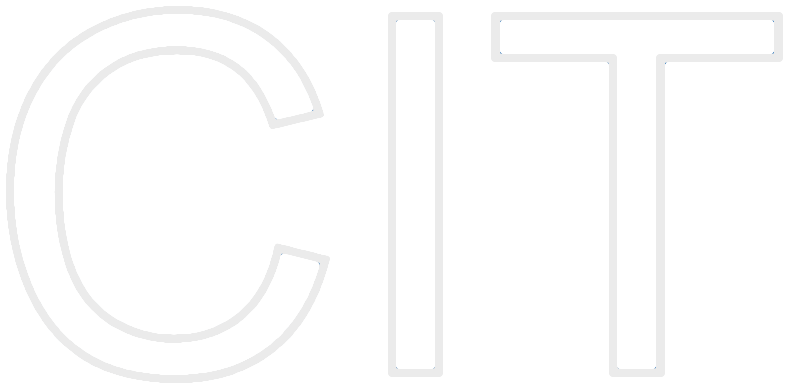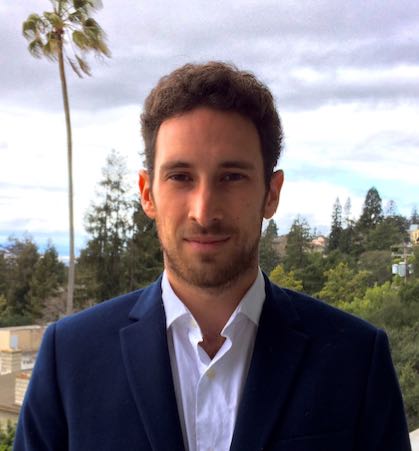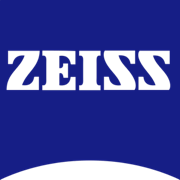Joint Advanced Student School - JASS 2019
Smart Software for the Smart Industry
 |
 |
Course Organizers
|
|
|
| Prof. Kirill Krinkin (JetBrains Research, ETU LETI) |
Prof. Bernd Brügge (TUM, Chair for Applied Software Engineering) |
Customers
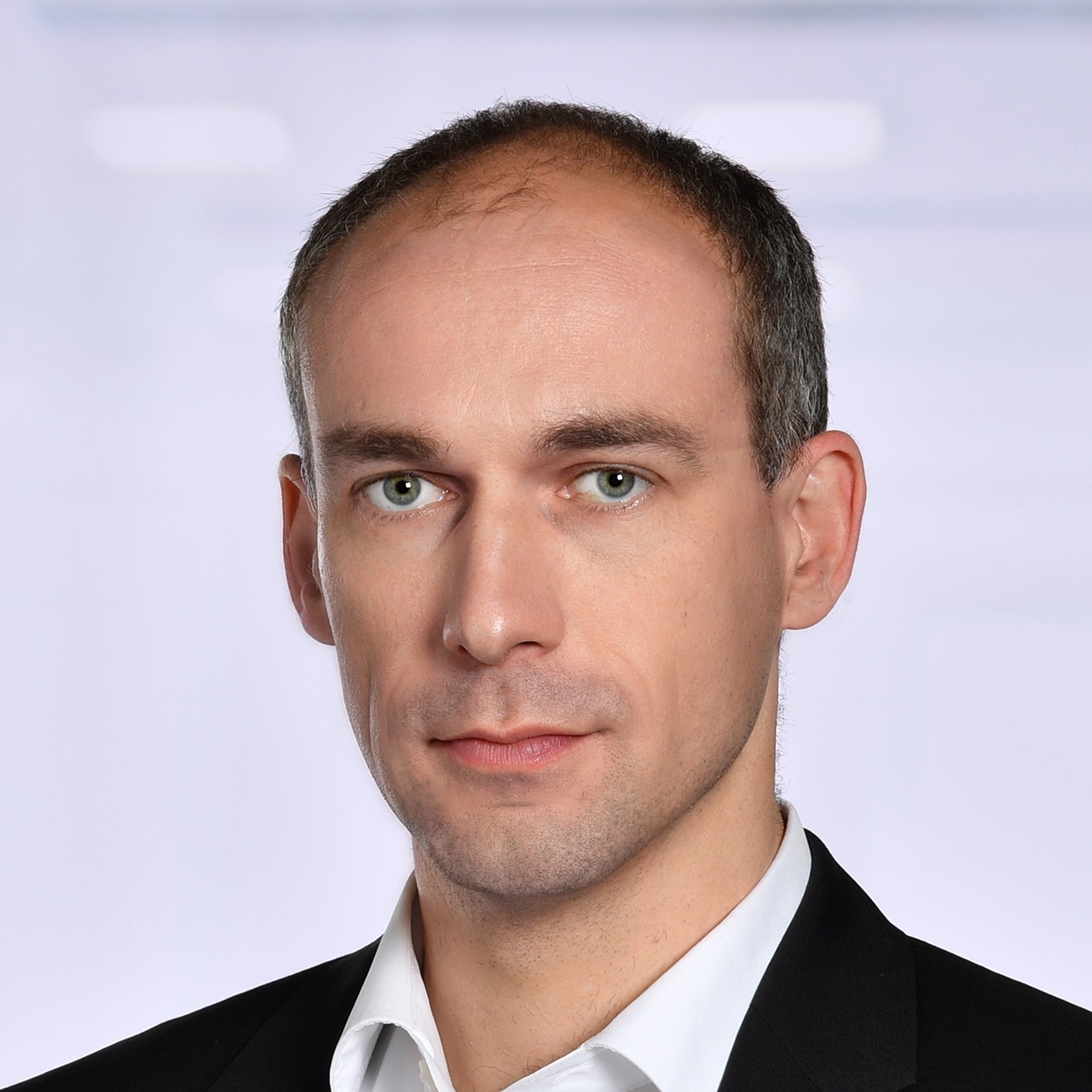 |
|
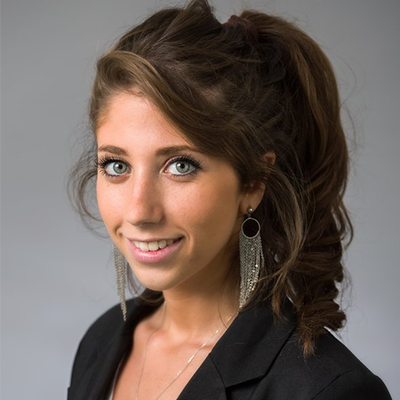 |
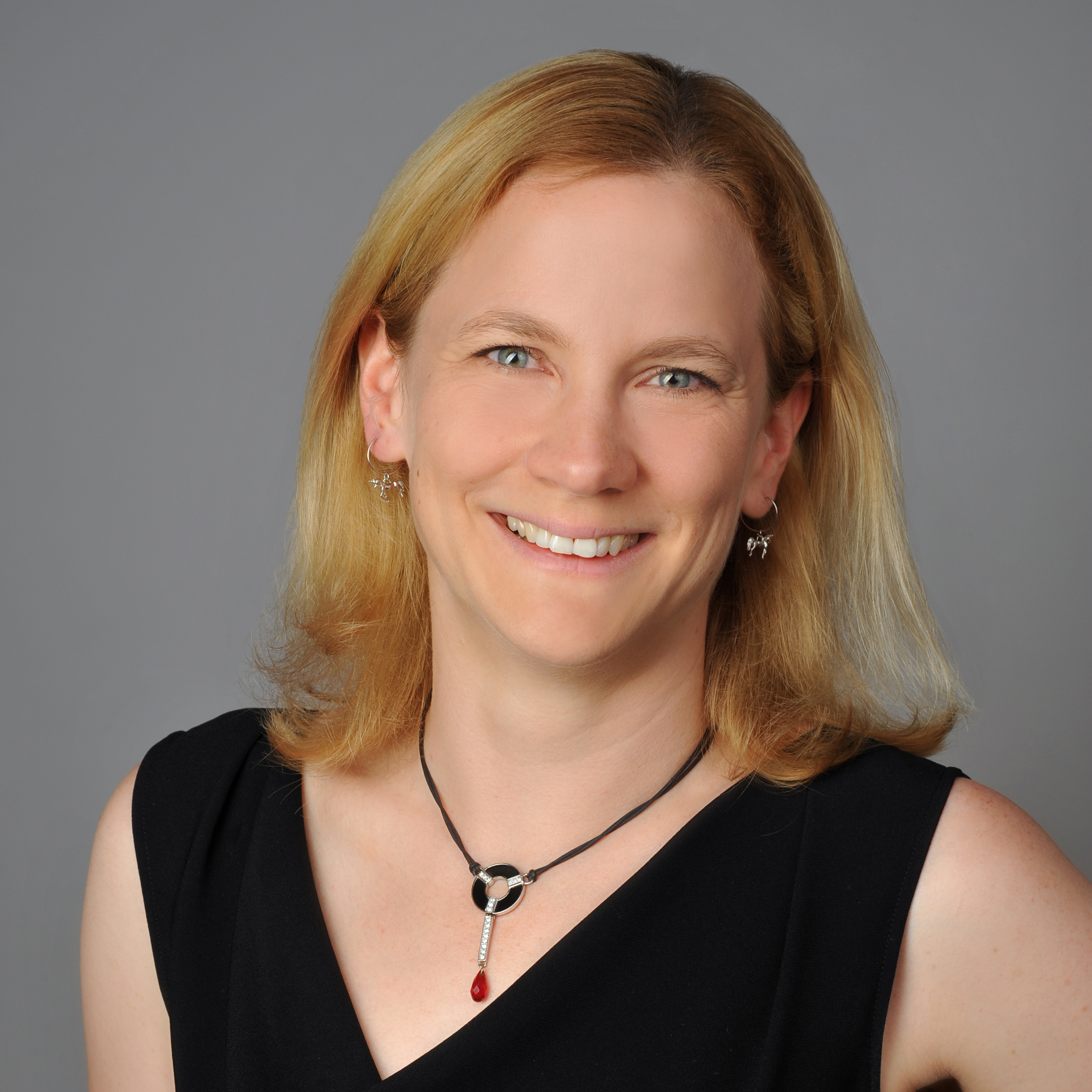 |
 |
| Matthias Gohl | Dr. Nicolas Bensaid | Sabrina Senna | Dr. Lydia Nemec | Kay-Uwe Clemens |
Project Leaders
 |
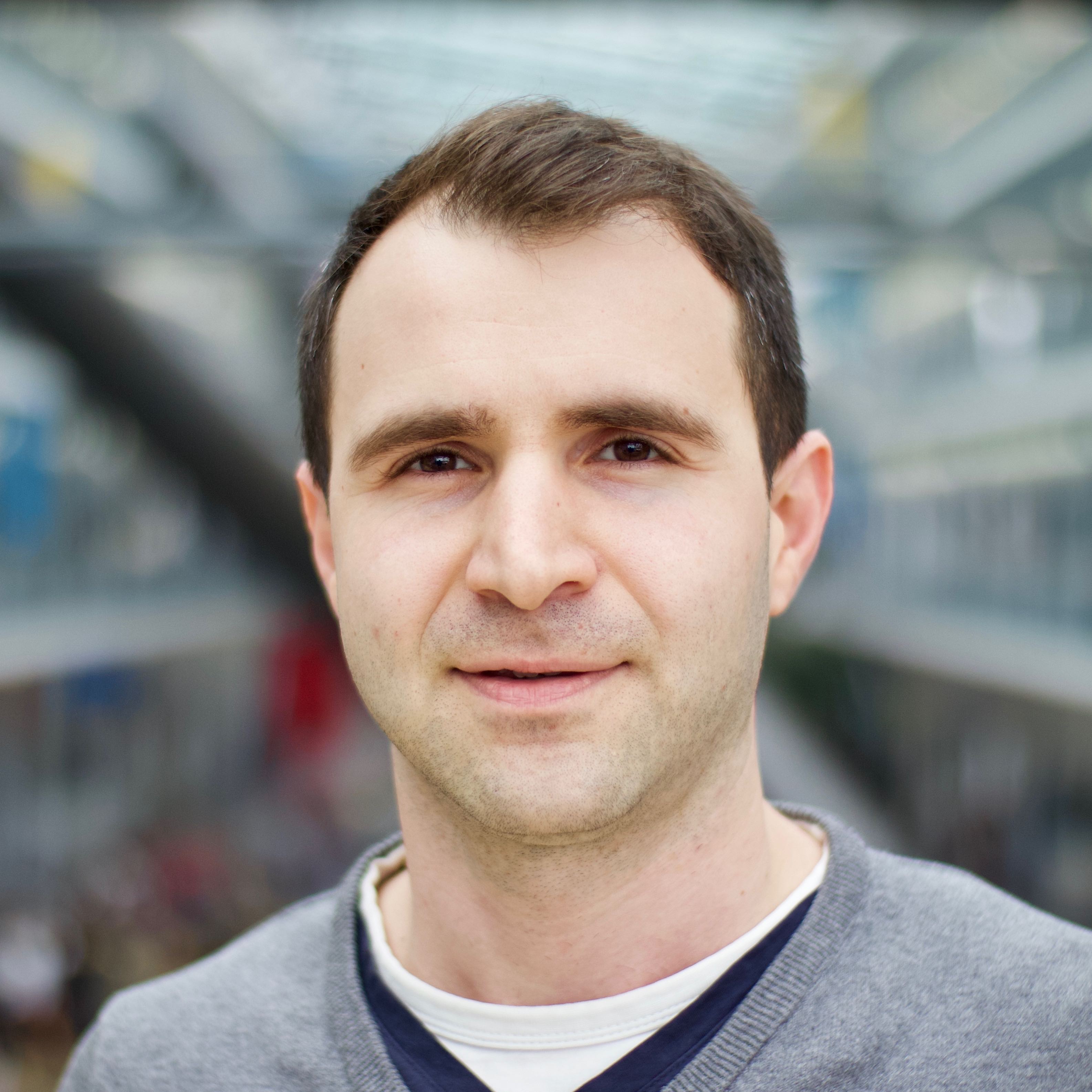 |
 |
| Jan Philip Bernius | Sajjad Taheri | Paul Schmiedmayer |
Film Team
 |
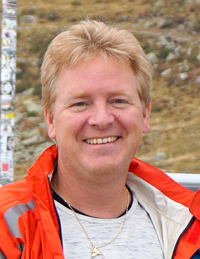 |
| Ruth Demmel | Andreas Jung |
Projects
JASS 2019 consists of three projects: Cataract, Augmented Reality and Predictive Maintenance. Each of the projects is described in terms of four major activities shown below.
Project Cataract
|
(Project videos ommitted due to non-disclosure agreement) |
(Project description ommitted due to non-disclosure agreement) Customers: Nicolas Bensaid, Hristina Srbinoska Project Leader: Jan Philip Bernius Developers: Anastasiia Murzina, Anna Nikiforovskaya, Felix Schrimper, Ljube Boskovski, Oleg Suzdalev, Vsevolod Konyakhin |
Project Augmented Reality
|
Project Description: The Zeiss PiWeb Zeiss enables metrologists and quality managers to create key insights and can promote product quality and productivity. The system offers real-time intuition on what is happening on the production facilities and helps to reduce the risk of downtime due to predictive maintenance approaches and enables better processes that result in higher quality at lower costs. The developed application creates a shared AR view for multiple metrologists using across various platforms. Using AR, metrologists can use a Microsoft Hololens, iOS device, and Android device to analyze the same part with the measurement points projected on the part. Customers: Sabrina Senna Project Leader: Paul Schmiedmayer Developers: Andi Turdiu, Evgeny Motorin, Johannes Rohwer, Nadya Bugakova, Natasha Murashkina, Nicolas Neudeck, Sandra Grujovic, Sebastian Aigner |
Project Predictive Maintenance
|
Project Description: Predictive maintenance techniques are used to help determine the condition of in-service equipment in order to estimate when maintenance should be performed. This approach promises higher availability and costs savings over traditional maintenance management. To use predictive maintenance, the data scientists at ZEISS need to extract valuable information from sensor data applying state-of-the-art machine learning methods to ensure that the provided information add true user value. For reliable machine learning models sensor data must be carefully labeled. However, the process of data labeling is a highly time-consuming task requiring domain expertise. Data scientists need to consult domain experts to make sure data can be correctly labeled. The aim of this project was to develop an application that provides the visualization of time-series data together with highlighting the possible anomalies, which come from unsupervised anomaly detection methods. The data scientist can accept or reject each of the propositions and in case of uncertainty, write a comment and ask the experts for their opinion. Customers: Dr. Lydia Nemec, Kay-Uwe Clemens Project Leader: Sajjad Taheri Developers: Palle Klewitz, Nils Faulhaber, Vsevolod Stepanov, Aleksandr Karavaev |
Miscellaneous JASS 2019 Impressions
Pictures
- Kickoff
- Excursion to Microsoft
- Excursion to Zeiss Messhaus Garching
- Visit of Carl Zeiss HQ in Oberkochen
- Client Acceptance Test
